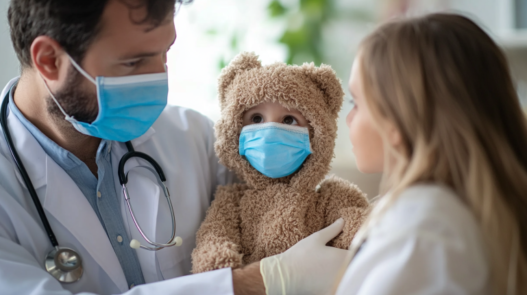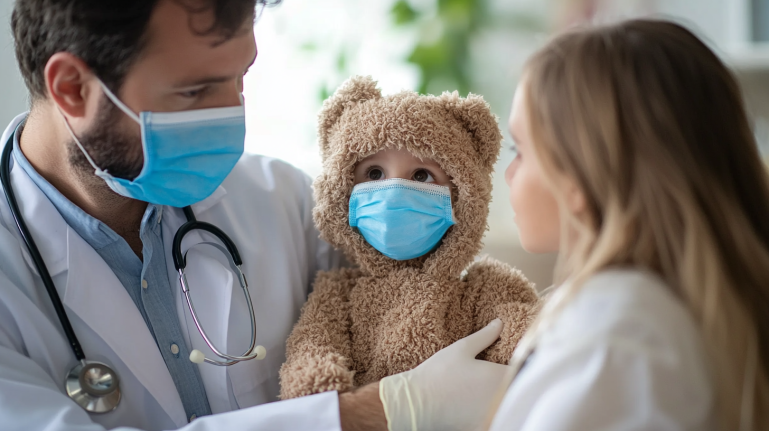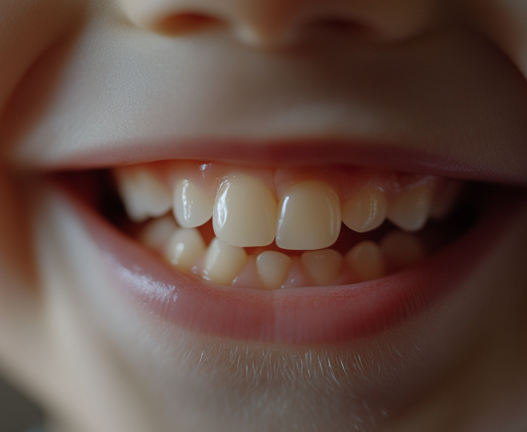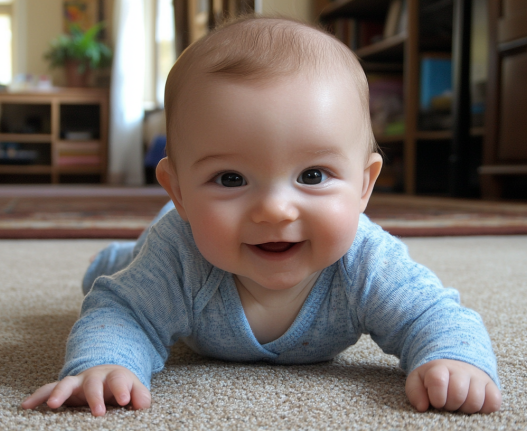As seasonal illnesses reach their peak, children begin their annual battle with common symptoms: coughing, runny noses, sneezing. But the most stressful and worrisome for parents is still fever. Watching your child suffer from a high temperature, it’s natural to feel anxious and desperate to bring the fever down quickly.
In a panic, parents may fall into the trap of using certain fever-reducing methods, thinking they are safe, only to find that these techniques may not only be ineffective but could actually harm their child. In severe cases, they can even be life-threatening.
4 Common Fever-Relief Methods That Seem Safe, But Are Actually Dangerous
1. Fever Patches
- Risk Level: ❌❌
- Hidden Risks: Skin allergies, rashes, swelling, etc.
Fever patches are a popular physical cooling method. They work by releasing water vapor from a gel to cool the skin. However, this cooling effect is minimal and does not significantly reduce body temperature. The only purpose of a fever patch is to signal, “My child has a fever,” rather than actually helping. In fact, neither national pediatric fever guidelines nor international medical organizations recommend the use of fever patches for children.
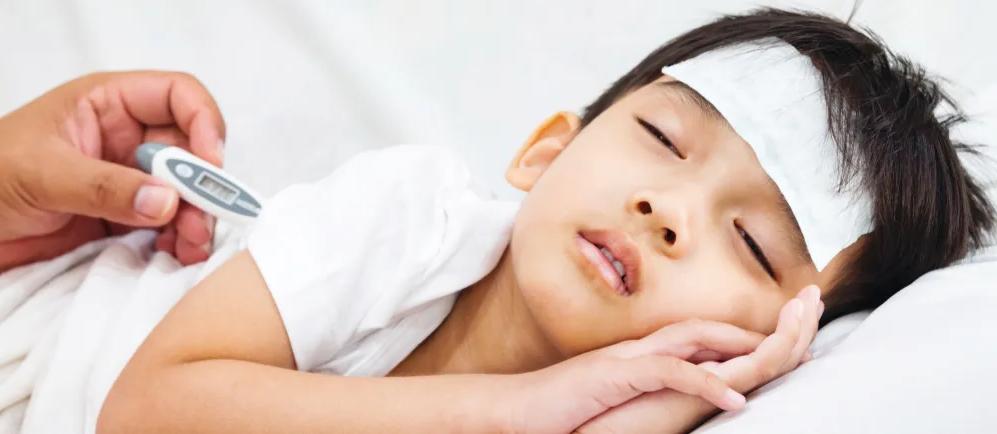
Some fever patches even contain ingredients like menthol, camphor, or eucalyptus oil, which may cause skin irritation or allergic reactions in children. Remember, these patches are not medical products.
2. Ice Packs / Cold Compresses, Warm Water Sponging
- Risk Level: ❌❌❌
- Hidden Risks: Increased discomfort, localized frostbite
Ice packs, cold compresses, and warm water sponging may provide temporary relief, but their cooling effects are short-lived. While it may feel like the child’s body temperature decreases right after the application, it soon returns to a high temperature, making these methods largely ineffective.
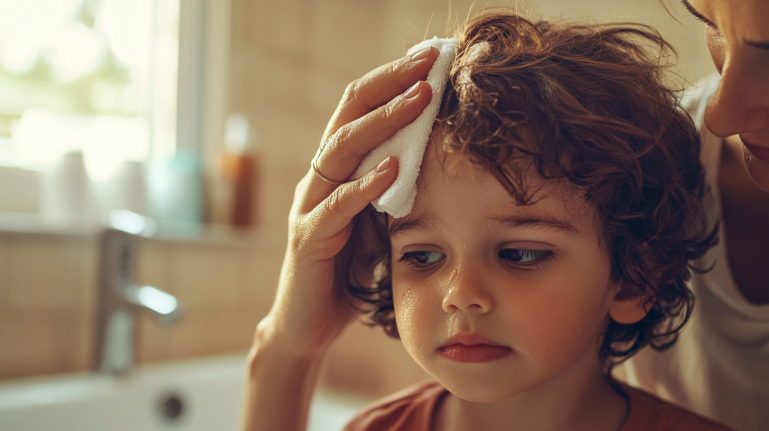
Many Western medical authorities have discouraged using cold compresses or sponging for fever reduction in children. Additionally, applying ice for too long or using cold compresses in a single spot for over 30 minutes can lead to frostbite.
3. Bundling Up to Sweat the Fever Out
- Risk Level: ❌❌❌❌❌
- Hidden Risks: Febrile seizures, hyperthermia syndrome, and potentially life-threatening conditions
Wrapping a child in blankets or over-dressing them in an effort to induce sweating can be dangerous and exacerbate the fever. Infants and toddlers have an immature temperature-regulation system, and during the fever’s peak phase, the body needs to cool down, not stay warm. Overheating can push the temperature past 41°C (105.8°F), which increases the risk of febrile seizures. This can also lead to dehydration, shock, and in extreme cases, be life-threatening.
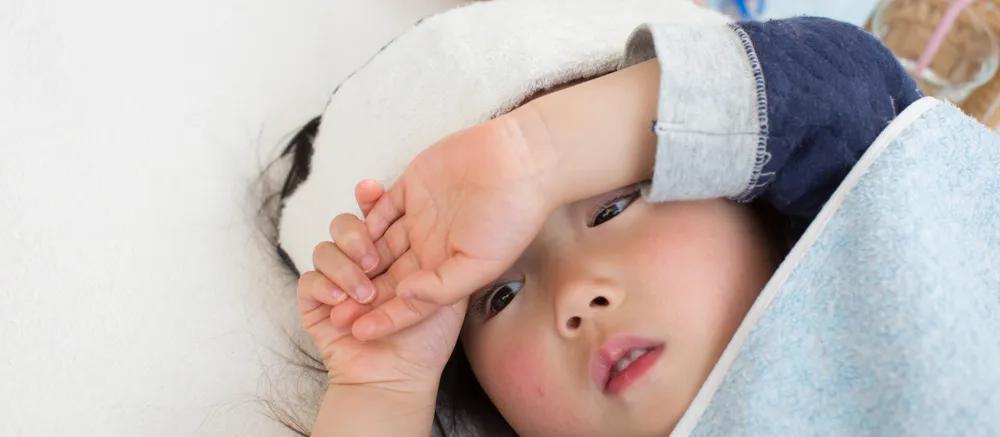
Infants under one year old are especially vulnerable to hyperthermia syndrome, which can trigger hypoxia, convulsions, dehydration, and shock.
4. Using Alcohol to Lower Fever
- Risk Level: ❌❌❌❌❌
- Hidden Risks: Shivering, alcohol poisoning, and severe complications
Alcohol should NEVER be used to reduce a child’s fever. While rubbing alcohol creates a brief cooling sensation due to evaporation, it does not provide lasting relief. More importantly, alcohol can be absorbed through the skin of children, leading to alcohol poisoning. Alcohol is also a potential skin irritant, especially for infants.
ALWAYS avoid alcohol in fever management.
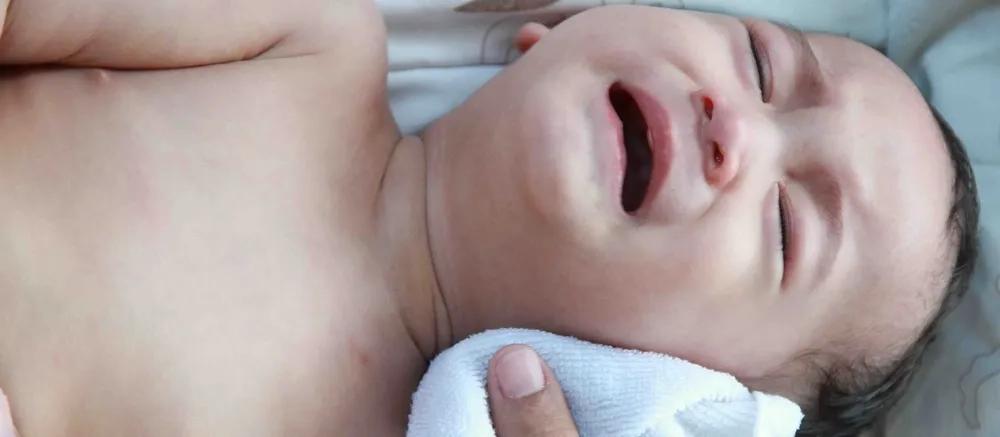
Safe and Effective Ways to Reduce a Fever
Fever is not a disease but rather a symptom. It’s a natural, defensive response of the body to infections or stress. A moderate fever can help eliminate bacteria and viruses.
In other words, fever in itself is not harmful. It’s a sign that the immune system is doing its job. The goal in managing a fever is to make the child more comfortable. Therefore, the best way to treat a fever is by reducing discomfort and helping the body cool down effectively. Here are three safe and effective methods:
1. Adjust Room Temperature
- Keep the room at a comfortable temperature to help the child stay relaxed and comfortable.
- If you have air conditioning, set the temperature between 24-26°C (75-79°F).
- In colder seasons, open windows for air circulation if you rely on centralized heating.
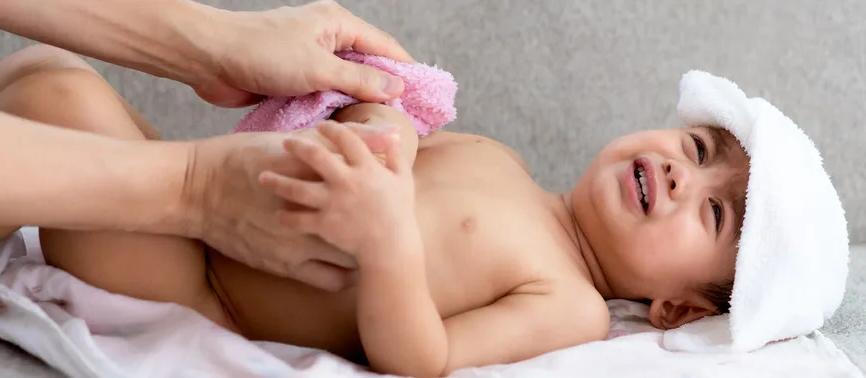
Tips:
- If concerned about the air being too dry, use a humidifier.
- In summer, adjusting the room to a cooler temperature can be beneficial.
2. Reduce Clothing and Blankets
- During a fever, it’s essential to allow the body to cool down. Reducing clothing and blankets helps the body expel excess heat.
- If the child is shivering, provide light warmth by covering them with a blanket or adjusting clothing to keep them comfortable.
- The key principle is: remove layers when hot, add warmth when cold.
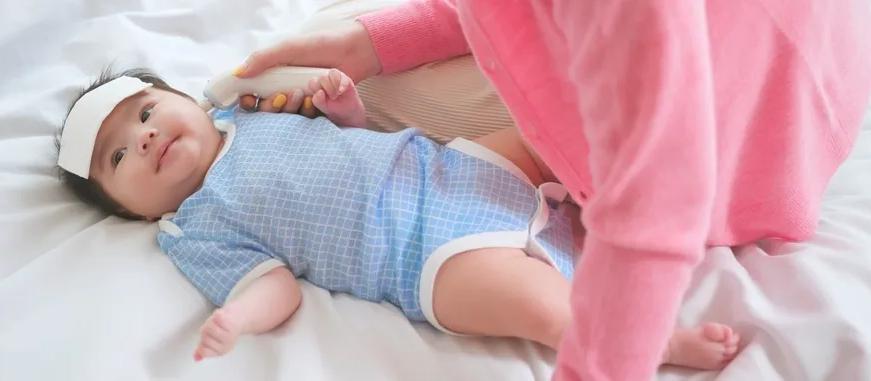
3. Use Fever-Reducing Medication Wisely
- Although physical cooling methods like sponging can be helpful, they are often limited in their effectiveness. Fever-reducing medications, when used correctly, offer more consistent relief.
Why Use Medications?
- Medications like paracetamol (acetaminophen) or ibuprofen are more effective in reducing fever and managing discomfort. They work internally to regulate body temperature, unlike external cooling methods, which offer only temporary relief.
It’s crucial to understand that the goal of treating a fever isn’t just to lower the temperature but to make the child feel better. Fever medication should be based on the child’s comfort level, not just the temperature reading.
For example, even if the fever is below 38.2°C (100.8°F), if the child is in pain, restless, or unable to eat or sleep, it might be time to administer fever-reducing medication.
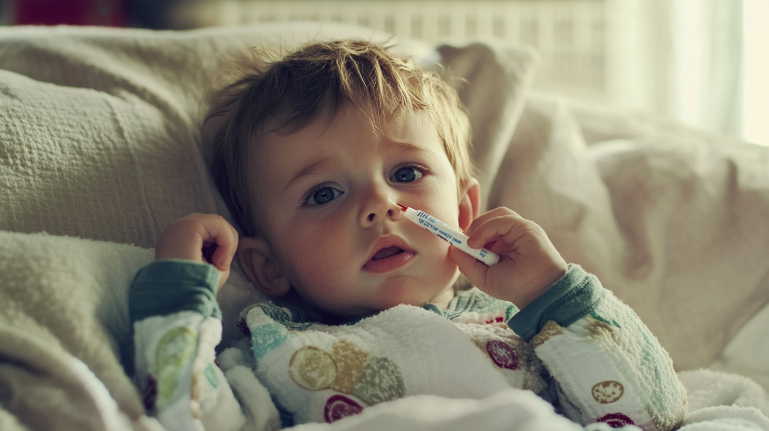
When to Seek Medical Help
If your child shows any of the following signs, seek immediate medical attention:
- For infants under 3 months, any fever, regardless of cause, requires a hospital visit.
- Armpit temperature higher than 39°C (102.2°F) with signs of discomfort.
- Fever lasting more than 3 days or accompanied by rash.
- Fever with seizures lasting more than 5 minutes, or recurring seizures.
- Dehydration symptoms (reduced urine, excessive sleepiness, refusal to drink).
- Difficulty breathing, rapid breathing, wheezing, or hoarseness alongside a fever.
Remember, fever is a normal part of childhood development, and the best course of action is to stay calm and use scientific, medically approved methods to manage it. By following these steps, you can help your child feel better and recover more comfortably.







